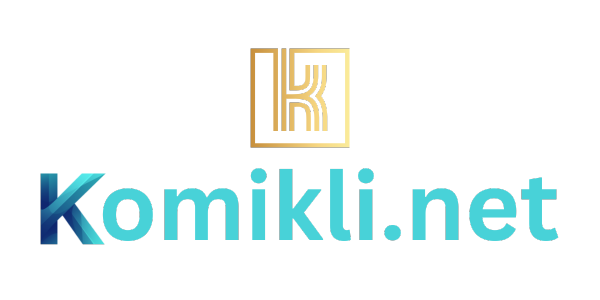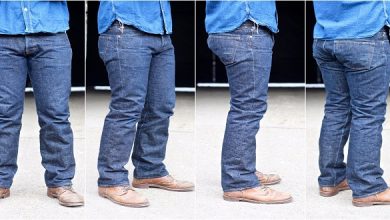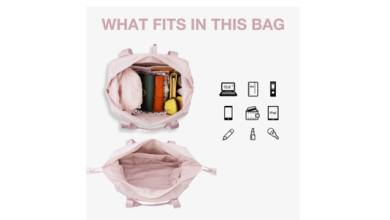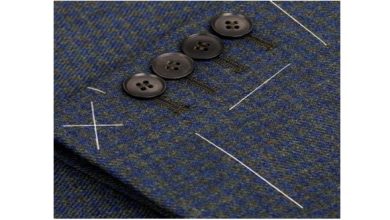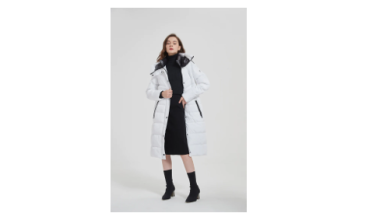Which threads are used to stitch denim jackets and jeans?

Jeans, a cloth material that is famous for its stiffness and the ability to withstand different tough wear, have gained popularity across the globe. Starting from jeans to fancy jackets, all sorts of denim wear are made for heavy usage. That right silk thread not only is used to sew the fabric but also brings beauty and durability to the garment. In this article, we will teach you about various types of threads for denim, their characteristics, and qualifying factors that can be used to identify the most suitable thread.
The Demands of Denim Stitching:
Denim is a strong material, and a strong sewing machine thread such as nylon sewing thread should be used to weave it. Even though jeans and jackets are comparatively heavy garments, the stress is mainly released on the sewing areas, such as pockets, and belt loops. Therefore, the thread must possess specific qualities:
- High Tensile Strength: The characteristic of the thread is the material’s ability to resist a pulling force in order not to break.
- Abrasion Resistance: Because denim is designed to withstand friction and subsequent rubbing, the thread used in its construction has got to be able to withstand wear and tear as well.
- Colour Fastness: The colour chosen for the thread should not fade or bleed after some washings have been done to the cloth.
- Shrinkage Resistance: That part should not shrink a lot after washing, and this may result in puckering or distortion of the seams.
- Sewability: Ideally, it must be able to pass through sewing machines and tools without getting stuck or tearing apart.
Types of Threads used for denim
Several types of threads are commonly used for stitching denim garments, each with its own advantages and disadvantages:
- Cotton Thread: Cotton thread is a natural fibre that possesses characteristics such as softness on skin and good sewability. But it is not as durable or wears as great as synthetic threads; for that reason, it is not appropriate for the stress points on denim garments. It is occasionally seen in the garment as a decorative top thread but is more often not used as a construction seam.
- Pros: Easy to handle, good skills to sew it, natural fibre.
- Cons: Lesser strength and durability than synthetic fibres; are sensitive to shrinkage.
2.Polyester Thread: Polyester thread is a synthetic fibre that is clearly appreciated for its high tenacity, and dimensional stability. It is very much used for a wide range of sewing operations, especially for sewing denim. Polyester thread comes in a wide range of colours and sizes for load-bearing seams as well as cosmetic topstitches.
- Pros: Again, high strength, remarkably durable, excellent abrasion, highly resistant to UV light and shrinkage, available in different colours and thicknesses, very reasonably priced.
- Cons: It is not as soft as the natural fibres and sometimes looks somewhat synthetic.
3.Nylon Thread: The other class of synthetic fibre is nylon thread, which is known for its strength, elasticity, and abrasion resistance. It is commonly employed for demanding uses, including shoes, furnishing, and specific sorts of apparel and uniforms. As strong as it is, nylon is not as colourfast as polyester, as it is prone to UV breakdown after long years of exposure to direct sunlight.
- Pros: High strength, elongation, and abrasion hardness.
- Cons: Lower fastness to colour than polyester; laminates fade in prolonged exposure to sunlight.
4.Core-Spun Thread: Core-spun thread can contain a core made of polyester or nylon fine fibres wholly surrounded by cotton or polyester. This construction includes the substantiality of synthetic fibres along with the advantages related to natural fibres, such as soft touch and good workability. Cotton core-spun yarn is another widely used yarn for denim fabric because of its strength and appearance as well as durability.
- Pros: Excellent combination of tensile strength, impact strength, and appearance; acceptable sewing characteristics.
- Cons: May cost slightly more than the regular polyester or nylon thread.
5.Bonded Thread: The coated wire is commonly produced from nylon or polyester and is normally of the bonded type, essentially due to a bonding agent that has been used to minimise fraying. This leads to the formation of a smoother, better surface yarn that is not easily breakable, particularly when used in high-speed industrial sewing machines. Bonded thread is mostly used where strength and speed are required.
- Pros: Increased tensile strength, resistance to fraying, increased longevity, and better seam slippage for high-speed sewing.
- Cons: It can be costly compared to the non-bonded synthetic threads.
Choosing the Right Thread for Denim:
In the construction of denim jackets and jeans, the best suitable thread is synthetic thread, mainly to include polyester, bonded polyester, core-spun polyester, or bonded nylon. The specific choice depends on the application and desired aesthetic:
- Structural Seams: For seams that need extra power, then outseams, inseams, and seat seams on jeans should be bonded with polyester or bonded nylon thread. These threads have very good mechanical properties, such as high tensile strength and abrasion resistance, besides very good sewability.
- Topstitching: Topstitching, both for aesthetic purposes and to encourage reinforcement, can be carried out with thicker polyester or core-spun threads. It is also worth noting that the thickness of the threads used in crafting design makes the stitch more prominent.
- Buttonholes: Buttonholes should therefore be made from materials that are strong and capable of handling stress over and over again. For this purpose, bonded polyester or nylon thread should be used.
Thread Sizes and Thickness for Denim:
The “size’’ of a yarn is normally identified by numbers or termed by the thickness it represents. In the United States, the “Tex” system is most frequently used, and this measures the weight of one thousand meters of thread in grams. In the case of denim, more commonly used threads have a size of between Tex40 and Tex80.
- Tex 40-50: Ideal for thinner materials, especially denim, and less intense topstitching parts of garments.
- Tex 60-80: Suitable for heavy-weight denim and constructional seams on jeans and jackets.
Matching Thread Colour to Denim:
The right choice of thread colour is critical when they select colour combinations they want to achieve on the garment. In the case of traditional jeans’ wear, metallic colours such as gold, orange, or beige could be used to create the topstitch. For bands, logos, seams, or ribbons, it is preferred to have the thread colour the same as the denim material, though for more discreet styling options, more contemporary matching is used.
Conclusion
Selecting the right thread to use in the construction of denim garments is an important feature in their construction. For denim jackets and jeans, bonded polyester, bonded nylon, core-spun polyester, and polyester are the strongest and most durable yet sewable threads.
Thus, based on the type of leather, stitch, outlook, and usage that have been discussed in this article, it is now possible to choose the right thread for your denim projects as well as know that your clothes will and ought to endure. The right thread, however, is as crucial a detail as it might seem, thus the strength in the seams of every good pair of jeans.
